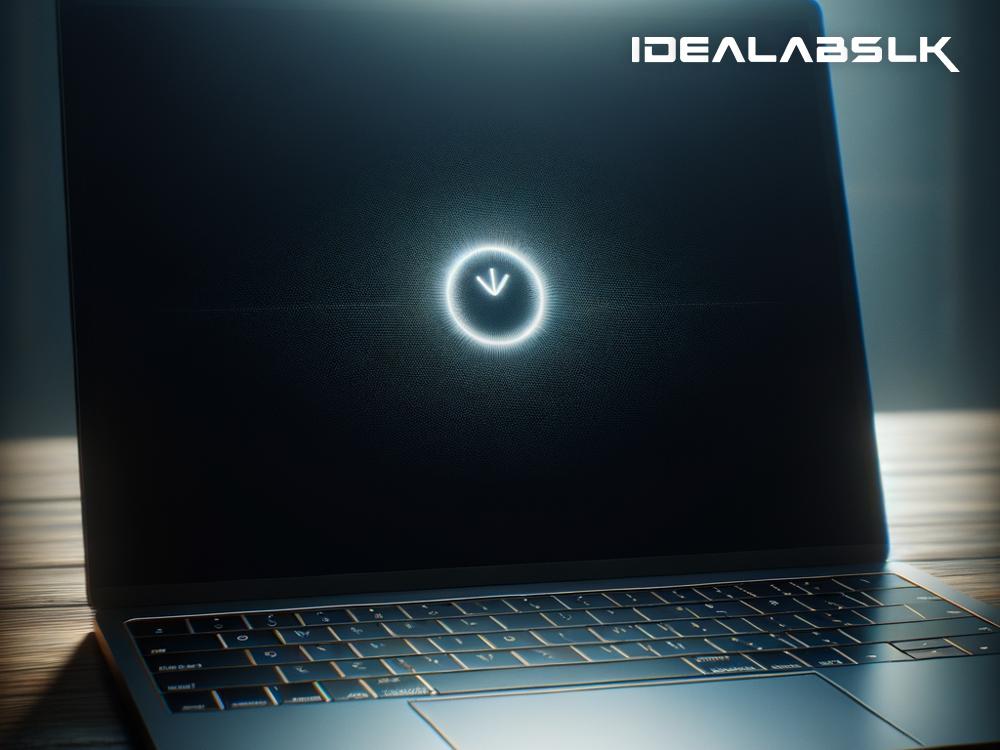How to Resolve 'Laptop Boots to Black Screen' Problem
Imagine this: you power on your laptop, expecting to dive straight into your day's work or maybe to browse through your favorite websites, only to be welcomed by a persistent black screen. It's like your laptop decided to play hide and seek with your productivity. But worry not, as daunting as this issue might seem, there are several troubleshooting steps you can take to bring your laptop screen back from the abyss.
Check Your Power Supply
First things first, ensure your laptop is adequately powered. This might sound trivial, but sometimes, the simplest oversight can be the culprit. Ensure your laptop's power cord is securely connected to both the laptop and the power outlet. If you're using a battery, make sure it's charged. A dead battery could be the reason your laptop refuses to wake up from its slumber.
Brightness Levels
Another seemingly obvious yet often overlooked aspect is the brightness level. Perhaps the screen's brightness is turned all the way down, making it appear as if it's not working. Try increasing the brightness level using the keyboard shortcuts, usually marked with sun symbols or something similar.
External Displays
If you've recently connected your laptop to an external display, your laptop might still be in 'external display mode.' Unplug any external monitors or TVs to see if your screen comes back to life. Alternatively, you can try pressing the function key (often labeled as "Fn") along with one of the F keys (F4, F5, F7, etc.) that controls display output to cycle through the display options.
Hard Reset
Performing a hard reset can sometimes work like a charm in waking up your laptop. This involves turning off your laptop, removing the battery (if possible), unplugging any external devices, and then holding down the power button for about 15-20 seconds. After doing this, reinsert the battery, plug your laptop back in, and try turning it on again. This process can clear out any minor glitches that might be causing the problem.
Safe Mode and System Recovery
If you're still staring at a black void, booting into Safe Mode is your next step. Safe Mode starts Windows in a basic state, using a limited set of files and drivers, which can help troubleshoot potential issues. To access Safe Mode:
- Restart your laptop.
- As soon as it starts booting, press the F8 key repeatedly until you see the Advanced Boot Options menu.
- Use the arrow keys to select "Safe Mode" and press Enter.
If you're able to boot into Safe Mode, there's a good chance a software issue is to blame. From Safe Mode, you can perform system recovery, update drivers, or uninstall recently installed programs that might be causing conflicts.
Update or Reinstall Graphics Drivers
Graphics driver issues can often lead to a black screen. If you've made it into Safe Mode, try updating your graphics card drivers. You can do this by visiting the laptop manufacturer's website, finding your specific laptop model, and downloading the latest graphics drivers. If updating doesn't help, try uninstalling and then reinstalling the drivers.
Check for Hardware Issues
If none of the software troubleshooting steps resolve the issue, it's possible there's a hardware problem at play. This could be anything from a loose connection between your laptop screen and motherboard to a failing graphics card. If you're comfortable opening up your laptop, you can check these connections yourself. However, if you're not confident in doing so, it might be time to seek professional help.
When to Seek Professional Help
When all else fails, or if you suspect the problem is beyond your technical expertise, it's best to consult with a professional technician. Sometimes, issues like a failed motherboard or screen require parts replacement, which are best handled by professionals.
Conclusion
A laptop booting to a black screen can disrupt your day, but it's not always a sign of a catastrophic failure. With some patience and basic troubleshooting steps, you might be able to resolve the issue on your own. Remember to start with the simple solutions first, and work your way up to the more complex ones. And when in doubt, don't hesitate to seek professional assistance to get your laptop back up and running.

